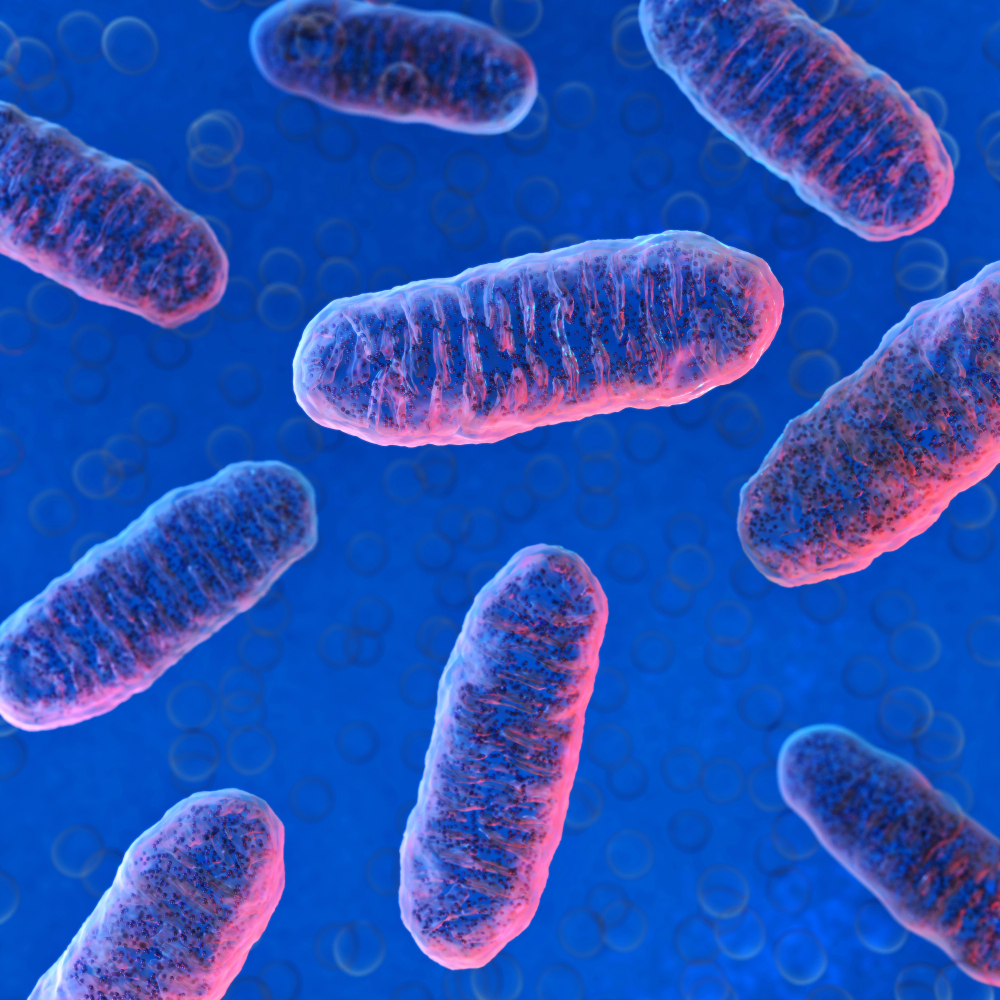New Cellular Pathway Helps Protect Mitochondria During Stress, Study Shows

A specific branch of cells’ stress-response pathway called unfolded protein response (UPR) may help protect mitochondria, new research shows.
This finding suggests that controlling this particular branch may help prevent or delay the defects in mitochondria that accumulate as we age and fuel so many human diseases.
The study “The PERK Arm of the Unfolded Protein Response Regulates Mitochondrial Morphology during Acute Endoplasmic Reticulum Stress” was published in the journal Cell Reports.
In response to stress, cells activate a pathway, known as the UPR in an organelle called the endoplasmic reticulum (ER). The UPR is a highly complex pathway with different branches; each branch regulates different cellular functions.
Researchers at The Scripps Research Institute (TSRI) were trying to understand how stress in the ER is transmitted to mitochondria.
A sensor called PERK regulates one branch of the endoplasmic reticulum’s UPR. Previous research showed that PERK protects mitochondria during ER stress.
Now, researchers found that PERK activation, which induces a transient shutdown of protein production, leads to changes in mitochondria shape increasing their length. As shape and function are connected, these alterations influenced mitochondria function.
These results suggest that changing mitochondria shape is a potential mechanism to adapt mitochondria to the stress conditions.
Researchers then asked whether this remodeling was beneficial or detrimental to cells. Since mitochondria are responsible for generating the energy cells need to work, they measured the energy being produced in cells that had been exposed to ER stress.
PERK-mediated shutdown of protein synthesis and remodeling of mitochondria had a beneficial effect.
“Just a couple hours of not making proteins seems to be enough to remodel the mitochondria, and they can stay that way for hours,” Luke Wiseman, PhD, said in a press release. Wiseman is associate professor at TSRI and lead author of the study. “That seems to be a protective way to promote mitochondrial function during the early stages of stress.”
“We were able to able to show a protective effect, where mitochondrial energy production was protected due to increased mitochondrial length” said Justine Lebeau, PhD, research associate at TSRI and co-first author of the study.
Researchers hypothesize that this mechanism evolved to allow a fast response of cells to stress, mitigating these detrimental effects.
“Blocking protein synthesis — and promoting cellular energy levels by regulating mitochondrial shape —seems to be an effective way of combating stress over shorter time scales,” said Aparajita Madhavan, graduate student at TSRI and co-first author of the study.
Also, as we age, PERK’s activation is suboptimal, which may contribute to defects in this protective regulation of mitochondria, Wiseman said.
Defects in PERK’s function also are seen in several human diseases. So, these findings suggest that targeting this particular feature of PERK signaling could halt mitochondria dysfunction.






